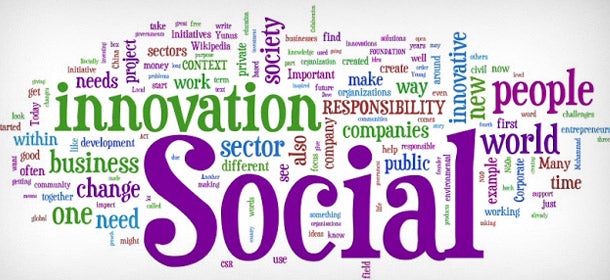The United Nations helps out many third world countries and gives them the basics in order to survive. However, there are many problems that occur in the world which makes it impossible for the UN to solve all of them. Even in the case when they do provide help, the UN must move on after and focus on new issues. This is where social entrepreneurship comes in.

Social entrepreneurship is the process of pursuing innovative solutions to social problems. Entrepreneurs who solve these problems have experienced them first hand. They invent tools to assist with troubles that happen in everyday life. The problems faced can still be overcome but takes a significant amount of time. It is not the UN’s job to make everyday tasks faster, it is just to make everyday living peaceful and not in a state of constant struggle. Social entrepreneurs are necessary in every community in order for the advancement of society. Without new inventions and services, mankind will be just as efficient as the day before which won’t allow for growth in industries of the world.
The United Nations is an organization that helps countries come out of hardships. Social entrepreneurs help people make their everyday life easier and make everyday tasks more efficient.
News Source: http://skollworldforum.org/about/what-is-social-entrepreneurship/
http://www.un.org/en/aboutun/
Picture Sources: http://www.entrepreneur.com/dbimages/article/topimage/for-social-entrepreneurs-what-comes-first-business-or-mission.jpg











